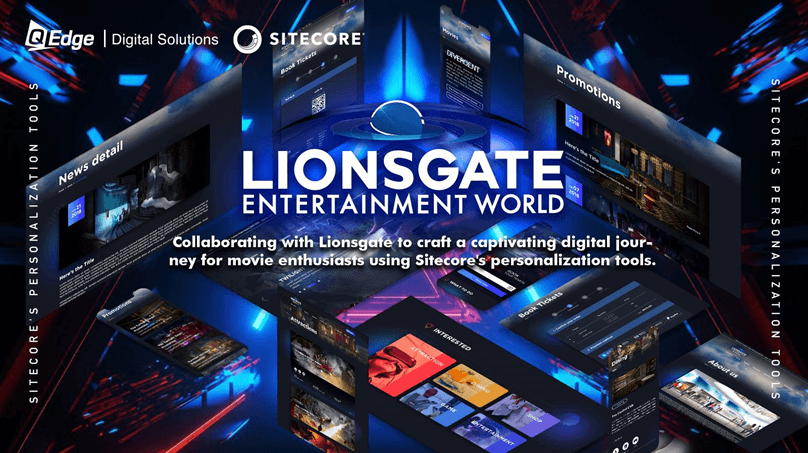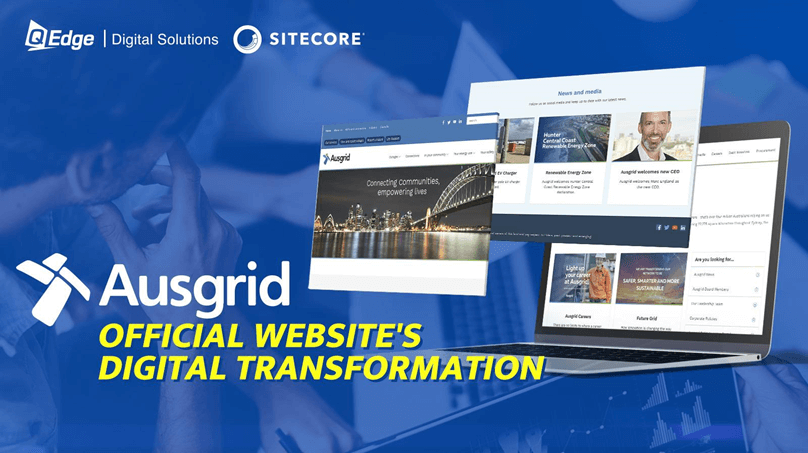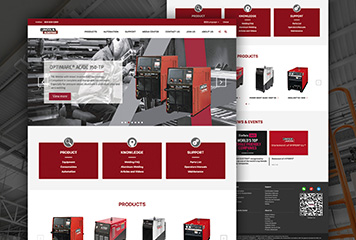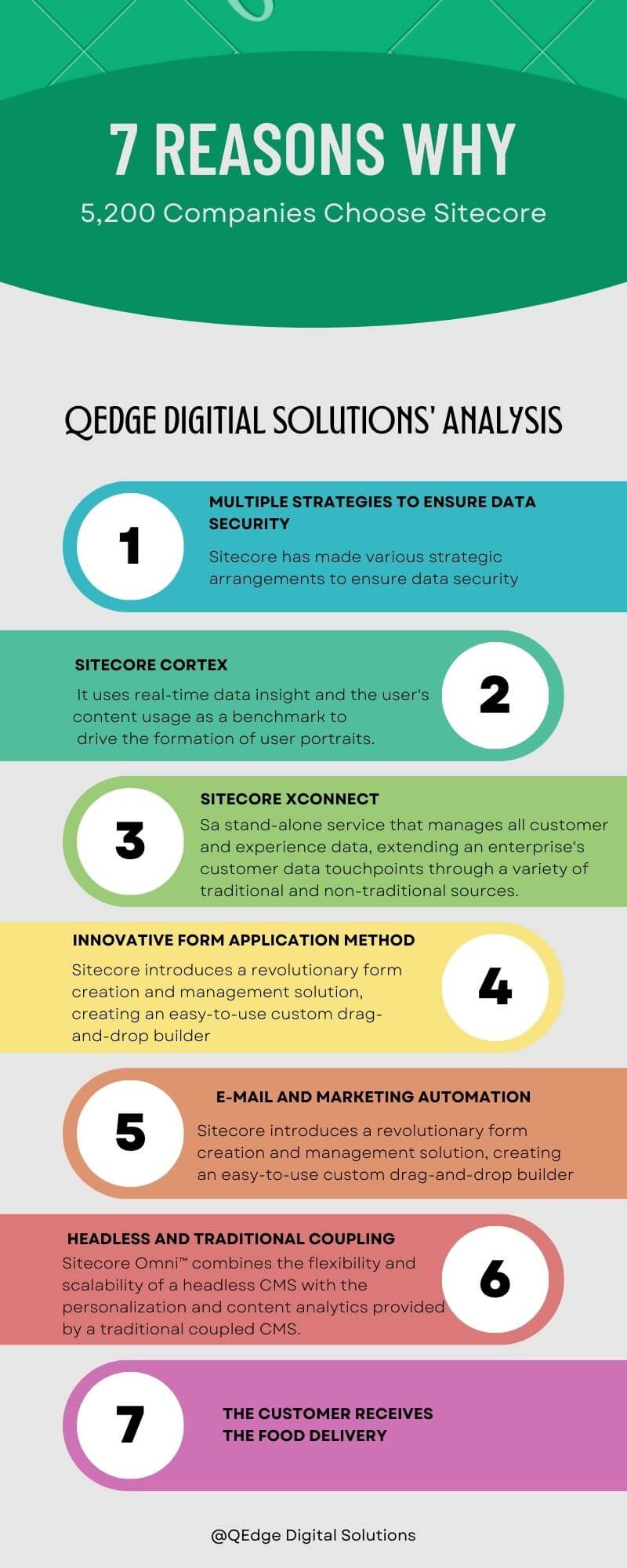The ability to maintain sitecore zero downtime deployment and implement immediate rollback when necessary is critical for innovation and business agility. However, many Sitecore teams struggle to achieve this goal due to legacy processes, outdated tools, and lack of automation.
In this article, we will explore the value of zero downtime deployments, common challenges teams face, and best practices from QEdge to achieve seamless Sitecore releases.

The Need for Speed and Safety
The speed of innovation is a key competitive advantage. Customers expect continuously evolving and improving experiences. For CIOs, CMOs and digital teams running Sitecore, release velocity is imperative. The goal is to quickly move ideas from conception to deployment for customers to utilize.
While agility is crucial, safety and stability remain foundational. Platform owners need flawless performance from Sitecore deployments. The process must be reliable, automated, and enable fast rollback if issues arise. Like a safety net for daring trapeze artists, zero downtime deployments and instant rollback provide a cushion, allowing teams to take risks and fail fast without extended downtime or permanent damage.
This combination of speed and safety allows digital teams to shift left, releasing smaller batches more frequently without fear. Organizations can evolve from quarterly or monthly releases to sprint-based cycles and ultimately achieve continuous delivery. With a smooth, automated process, releases become business as usual instead of stressful events. Teams can focus their energy on innovation vs maintaining tools and infrastructure.
Top Challenges with Sitecore zero downtime deployment
While zero downtime deployments are the goal, many Sitecore teams struggle to make this vision a reality. Common challenges include:
Legacy Tool Chains and Processes
Many legacy processes involve disjointed tools pieced together over the years. Manual handoffs between activities create lag time and human error risks. A lack of central orchestration makes the process brittle. Teams spend excessive time on maintenance vs innovation.
Outdated Platform Limitations
Sitecore upgrades provide new capabilities that can simplify zero downtime deployments like Azure PaaS slot swapping. However, legacy serialization approaches are often not reevaluated. Teams miss the chance to take advantage of easier deployment options.
Misjudging the Economics
Enabling seamless deployments requires upfront work that pays off over time. But teams often underestimate the long-term value while overestimating the effort required. The end result is sticking with outdated processes that constrain agility.
Lack of Team Enablement
All team members need to understand releases to identify and rapidly fix issues. But when processes are complex and opaque, it's challenging to get everyone up to speed. Knowledge silos form, slowing problem resolution.

Best Practices for Zero Downtime Deployments
To achieve the goal of rapid, seamless Sitecore deployments, here are key best practices:
Consolidate Your Toolchain
Reduce disjointed tools and manual handoffs by orchestrating end-to-end with a unified automation platform like Azure DevOps. Standardization, visibility, and central control create reliability.
Modernize and Standardize
Eliminate legacy constraints by reevaluating processes with each Sitecore upgrade. Move to standardized, cloud-based infrastructure for high availability. Adopt out-of-the-box capabilities like slot swapping.
Evaluate Total Economics
Consider the long-term value of automation. The upfront investment pays off exponentially over time through faster innovation, greater consistency, and higher release velocity. Right-size estimates using prebuilt solutions.
Involve and Enable All Team Members
Make sure the entire team understands deployments through training and transparency. Codify tribal knowledge into playbooks. Foster a culture of collective responsibility for the release process.
Real-World Examples and Results
Here are some examples of companies using these best practices to achieve zero downtime Sitecore deployments:
- A Fortune 500 retailer consolidated multiple fragmented tools into a single Azure DevOps pipeline. The result was faster, more reliable releases across global markets.
- An entertainment company modernized their legacy .NET 2.0 codebase, unlocking Azure PaaS capabilities like slot swapping. Releases now happen in seconds vs. hours of downtime.
- A B2B SaaS company right-sized their cost/benefit analysis of automation using Datweavers WebOps. They shifted left, releasing weekly vs quarterly.
- A healthcare technology firm established playbooks and training around their pipeline. Engineers are enabled to rapidly debug issues without relying on one ops "hero".






The Future is Faster and Safer
Zero downtime is now an expectation for modern digital platforms. With the right strategy, it is an achievable goal. Consolidating tools, modernizing infrastructure, properly valuing automation, and cross-training teams establish a foundation for innovation velocity, safety, and consistency. Sitecore teams who master zero downtime deployments gain a significant competitive advantage in delivering value to customers.

About QEdge
We’re A Digital Agency Since 2008
Professional Agency to Provide Digital Marketing Solutions
QEdge is a digital agency dedicated to Sitecore implementation, deployment, and localization in China. QEdge and Sitecore have been partners for over 15 years. We provide a unique blend of Sitecore technology and China-specific digital products.
➤ Sitecore Development and Maintenance
➤ Chinese Localisation & Maintenance
➤ Compliance







